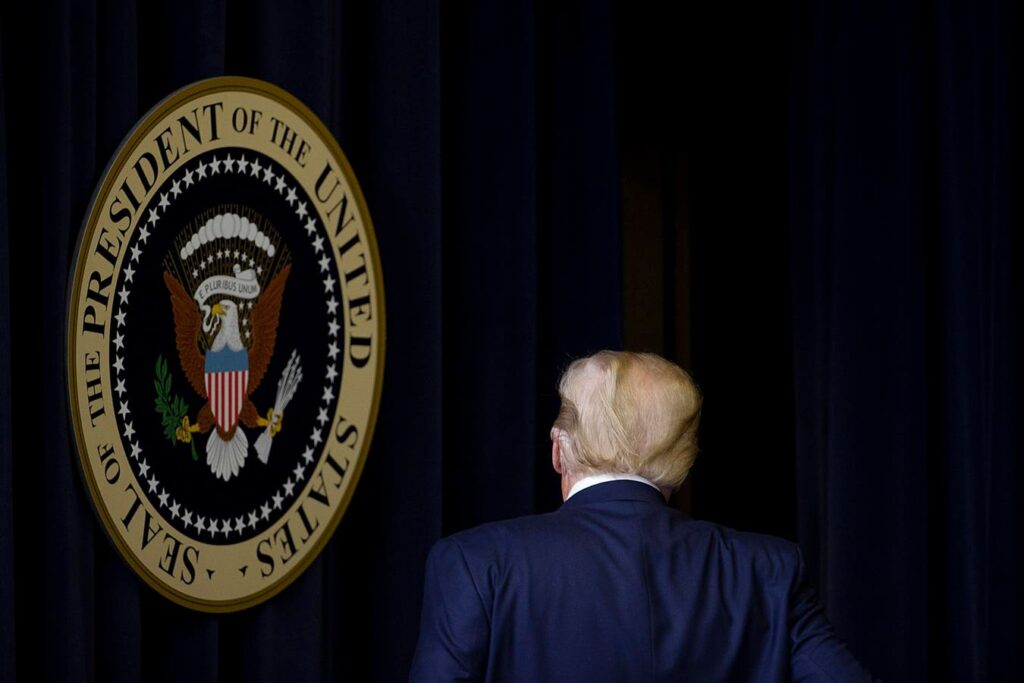In recent months, the brand valuation of Donald Trump and Trump Media has experienced a notable decline, reflecting the challenges faced by companies emerging from Special Purpose Acquisition Companies (SPAC) mergers. While the name “Trump” continues to hold weight, the underlying financial fundamentals are becoming increasingly difficult to ignore. Trump Media’s diminishing market power and the current valuation dynamics suggest that its former status as a meme-stock phenomenon is waning. Share prices that once soared due to speculative trading are now undercut by the reality of weak revenue performance and operational challenges, especially following a major election boost that quickly faded.
The weak fundamentals of Trump Media have become evident through various reports and analyses, revealing significant internal issues that afflict the company. A whistleblower report has indicated poor management decisions under CEO Devin Nunes, contributing to a shrinking workforce even as the company attempts to launch new ventures, such as the Truth+ streaming service. Despite the growth potential, Truth Social’s low user engagement has raised concerns among stakeholders, leading to skepticism regarding the company’s overall viability. The lack of transparency around employee numbers further complicates the operational narrative, leaving investors questioning the sustainability of the company’s business model.
Financially, Trump Media’s recent earnings report underscores its stagnant revenue situation, with quarterly revenues consistently hovering around just $1 million for the past seven quarters. The strategy of using DJT stock as an exchange medium for products and services has been insufficient to invigorate the business. The recent issuance of 17 million shares to raise $340 million in cash, despite plummeting share prices, reveals desperation in the company’s financial maneuvers. The fluctuating sale prices highlight a lack of investor confidence and raise doubts about the long-term sustainability of such funding strategies.
On the technical analysis front, there have been significant fluctuations in the stock’s value following key electoral moments, including an initial surge that peaked at $55 right before the elections. However, post-election sentiment quickly turned, with stock prices plummeting to around $25. The pronounced decline indicates that bull momentum driven by speculative trading is not enough to counteract the deteriorating fundamentals. The brief uptick after the election results reflects a temporary spike rather than a sustained positive trend, suggesting that broader systemic issues are affecting the stock’s performance.
Critically, the intersection of weak fundamentals and technical volatility points to an inevitable downward trajectory for Trump Media’s stock valuation. Shareholder sentiments have shifted toward a sell-off phase, exacerbated by the outlook of continued negative earnings forecasts. This downward spiral creates a self-perpetuating cycle where declining prices undermine management’s capacity to leverage stock for operational funding, thus further deteriorating the company’s financial standing. It raises alarming questions about the company’s future, particularly in terms of operational sustainability without adequate cash flow.
In conclusion, the challenges facing Trump Media signify a broader trend impacting many SPAC-related firms, characterized by an unsustainable reliance on hype and speculative trading rather than sound business fundamentals. The rapid loss of share value since its peak illustrates how temporary boosts from external events can quickly unravel in the face of persistent underlying issues. For Trump Media, the road ahead appears fraught with obstacles, as declining stock values and operational challenges create a precarious situation that may ultimately threaten its survival as a viable enterprise in the competitive media landscape.

